In the hustle and bustle of our daily lives, safety often takes a backseat. But when it comes to our bathrooms, it's crucial to prioritize safety above all else. One area where safety is paramount is the shower, especially for those with mobility issues or who are aging in place. That's where grab bars come in. These simple yet effective tools can make a world of difference in preventing slips and falls.

However, choosing the right locations for grab bars in your shower is essential to ensure maximum safety and functionality. In this article, we will explore the key considerations and expert tips to help you select the ideal spots for installing grab bars in your shower. From the importance of proper height and position to understanding the different types of grab bars available, you'll gain the knowledge and confidence to create a safe and accessible shower environment for yourself or your loved ones. So, let's dive in and make safety a top priority in your bathroom!
Importance of Grab Bars in the Shower
The shower is a common place for accidents to occur, especially for individuals with limited mobility or balance issues. Slippery floors, soapy surfaces, and the absence of sturdy support can quickly turn a relaxing shower into a hazardous situation. That's why grab bars are essential. These sturdy bars provide stability and support, allowing individuals to maintain their balance and reduce the risk of falls. Grab bars are particularly beneficial for the elderly, individuals with disabilities, and those recovering from injuries or surgeries. By installing grab bars in your shower, you create a safe and accessible space for everyone.
When choosing grab bars for your shower, it's important to consider factors such as the material, weight capacity, and installation method. Stainless steel or chrome-plated steel grab bars are popular choices due to their durability and resistance to moisture. Additionally, ensure that the grab bars you select have a weight capacity that exceeds the user's weight. It's also crucial to choose grab bars that can be securely installed using methods appropriate for your shower walls, such as stud mounting or the use of wall anchors.
Types of Grab Bars Available
Before selecting the locations for your grab bars, it's essential to understand the different types available. The type of grab bar you choose depends on your specific needs and the layout of your shower. Here are some common types:
1. Horizontal Grab Bars: These grab bars are typically installed horizontally along the shower wall. They provide a sturdy grip and are ideal for individuals who require assistance with balance or support while standing.
2. Vertical Grab Bars: Vertical grab bars are installed vertically from floor to ceiling or at a specific height along the shower wall. They offer stability and are especially useful for individuals who may need to pull themselves up or lower themselves down.
3. Angled Grab Bars: Angled grab bars are installed diagonally across the shower wall. They provide multiple gripping angles and can be beneficial for individuals with limited mobility or those who require additional support when changing positions.
4. Corner Grab Bars: Corner grab bars are designed to be installed in the corners of your shower. They maximize space and provide support from two sides, making them an excellent choice for small showers or for individuals who require assistance from multiple angles.
By understanding the different types of grab bars available, you can choose the ones that best suit your needs and ensure maximum safety in your shower.
Factors to Consider When Choosing Grab Bar Locations
When determining the ideal locations for grab bars in your shower, several factors come into play. These considerations will help ensure that the grab bars provide optimal support and functionality. Here are some key factors to consider:
1. User's Height: The height at which the grab bars are installed should be tailored to the user's height and reach. This ensures that they can easily grip and support themselves while maintaining proper body alignment. As a general guideline, grab bars should be installed between 33 to 36 inches above the shower floor.
2. User's Mobility: Consider the specific mobility needs of the user. If they require assistance with sitting or rising from a seated position, installing a grab bar near a shower bench or chair is essential. Additionally, if the user requires support while transferring from a wheelchair to a shower seat, grab bars near the entrance of the shower may be necessary.
3. Shower Layout: Take into account the layout and size of your shower. Identify areas where the user may need additional support, such as near the entrance, within the showering area, or around any steps or ledges. It's important to ensure that the grab bars are strategically placed to provide the necessary support and stability.
4. Structural Integrity: Consider the structural integrity of your shower walls. Grab bars should be securely installed into wall studs or using appropriate wall anchors to ensure they can support the weight and pressure applied to them. Avoid installing grab bars on weak or flimsy surfaces that may not provide adequate support.
By considering these factors, you can choose the most suitable locations for your grab bars and create a safe and supportive shower environment.
Recommended Locations for Grab Bars in the Shower
Now that you understand the importance of grab bars and the factors to consider, let's explore the recommended locations for installing grab bars in your shower. These locations are based on accessibility guidelines and expert recommendations:
1. Entrance: Install a grab bar near the entrance of the shower to provide stability and support when entering or exiting. This is especially important for individuals with balance issues or those who may need assistance with transferring from a wheelchair or walker.
2. Vertical Bar: Install a vertical grab bar along the long wall of the shower. This bar should be positioned at a height that allows the user to grip it comfortably while standing or sitting. It provides stability and support for individuals who need assistance with balance.
3. Horizontal Bars: Install horizontal grab bars on the shorter walls of the shower. These bars should be positioned at different heights to accommodate users of varying heights and provide multiple gripping options. Horizontal bars offer additional support and stability during showering and can be especially useful when changing positions or reaching for items.
4. Near Shower Bench or Chair: If you have a shower bench or chair, consider installing grab bars nearby. These bars will provide support and assistance when the user needs to sit or rise from a seated position.
Remember, these are general recommendations, and the specific locations may vary based on individual needs and shower layout. It's always a good idea to consult with a professional or occupational therapist for personalized advice.
Installation Tips for Grab Bars in the Shower
Proper installation is crucial for the effectiveness and safety of grab bars. Here are some tips to ensure a successful installation:
1. Locate Wall Studs: Use a stud finder to locate the wall studs behind your shower walls. Wall studs provide the necessary support for grab bars. If studs are not available in the desired locations, consult with a professional to determine the appropriate wall anchoring method.
2. Research Installation Methods and Techniques: Determining the appropriate location for grab bars depends on the specific needs and circumstances of the individual. It is important to research and understand the different installation methods and techniques available. Factors to consider include the height at which the grab bars should be installed, the necessary hardware for installation, and the weight capacity required. Each installation may require a modified approach based on the specific scenario. Careful assessment of the application is necessary to ensure proper installation.
3. Use Appropriate Mounting Hardware: Ensure that you use the correct mounting hardware for your grab bars. This may include screws, mounting brackets, or wall anchors. The hardware should be compatible with your shower walls and provide sufficient support.
4. Securely Fasten Grab Bars: When installing grab bars, make sure they are securely fastened to the wall. Use a level to ensure they are perfectly horizontal or vertical, depending on the type of grab bar. Test the bars by applying pressure to ensure they can support the intended weight.
By following these installation tips, you can ensure that your grab bars are properly installed and provide the necessary support and stability.
Safety Precautions and Maintenance for Grab Bars
To maintain the safety and functionality of your grab bars, it's important to follow some safety precautions and perform regular maintenance. Here are some guidelines to keep in mind:
1. Regularly Inspect Grab Bars: Periodically inspect your grab bars for any signs of wear, damage, or loosening. Check the mounting hardware and ensure that the bars are securely attached to the wall.
2. Keep Grab Bars Clean: Clean your grab bars regularly to prevent the buildup of mold, mildew, soap scum, or other residues. Use a mild cleaning solution and a soft cloth to wipe down the bars. Avoid using abrasive cleaners or scrub brushes that may damage the surface of the grab bars.
3. Educate Users: Ensure that all users are aware of the proper way to use grab bars and the precautions to take. Teach them to grip the bars firmly, avoid placing excessive weight on the bars, and use them solely for support and stability.
By following these safety precautions and performing regular maintenance, you can extend the lifespan of your grab bars and ensure they continue to provide the necessary support and safety.
Additional Bathroom Safety Features to Consider
While grab bars are an essential safety feature in the shower, there are other bathroom safety features worth considering. These features can further enhance the safety and accessibility of your bathroom. Here are some options:
1. Non-Slip Flooring: Install non-slip flooring in your bathroom to reduce the risk of slips and falls. Non-slip mats or adhesive strips can be applied to the shower floor and other areas prone to wetness.
2. Shower Bench or Chair: Consider installing a shower bench or chair for individuals who may have difficulty standing for extended periods. These seating options provide a safe and comfortable place to sit while showering.
3. Handheld Showerhead: A handheld showerhead offers flexibility and convenience, allowing individuals to direct the water flow where it's needed most. This feature is particularly useful for individuals who may have difficulty reaching or standing for long periods.
4. Adjustable Showerhead: An adjustable showerhead with different spray settings can accommodate users of varying heights and mobility needs. It allows for a customized showering experience, ensuring comfort and accessibility.
By incorporating these additional safety features, you can create a fully accessible and safe bathroom environment for yourself or your loved ones.
Benefits of Professional Installation for Grab Bars
While some individuals may choose to install grab bars themselves, there are several benefits to opting for professional installation:
1. Expertise and Experience: Professionals who specialize in grab bar installation have the knowledge and experience to ensure proper placement, secure mounting, and compliance with safety standards. They can provide personalized recommendations based on individual needs and bathroom layout.
2. Efficiency and Accuracy: Professional installers can complete the installation process efficiently and accurately. They have the necessary tools and equipment to handle any challenges that may arise during installation, ensuring a seamless and reliable result.
3. Customization and Accessibility: Professionals can provide customized solutions to meet specific accessibility needs. They can recommend the most suitable grab bars, locations, and additional bathroom safety features based on individual requirements.
While professional installation may involve an additional cost, the benefits outweigh the investment, especially when it comes to the safety and accessibility of your bathroom.
Cost Considerations for Grab Bars
The cost of grab bars can vary depending on factors such as the material, size, brand, and installation method. Here are some cost considerations to keep in mind:
1. Material: The material of the grab bars can impact the cost. Stainless steel or chrome-plated steel grab bars are generally more expensive than plastic or aluminum ones. However, they offer superior durability and longevity.
2. Size and Length: Longer grab bars or those with additional features, such as angled or corner bars, may have a higher price tag compared to standard straight bars. Consider the specific needs of your shower and the user when selecting the size and length of the grab bars.
3. Installation Method: The complexity of the installation method can influence the cost. If your shower walls require additional reinforcement or specialized wall anchors, the installation cost may be higher.
4. Professional Installation: If you opt for professional installation, there will be an additional cost for the services provided. The cost will depend on the installer's fees, location, and any additional customization required.
While the cost of grab bars and their installation may seem like a significant investment, the enhanced safety, accessibility, and peace of mind they provide make it a worthwhile expenditure.
Conclusion
Choosing the ideal locations for grab bars in your shower is a crucial step in creating a safe and accessible bathroom environment. By understanding the importance of grab bars, the different types available, and the factors to consider, you can make informed decisions that prioritize safety. Whether you're installing grab bars for yourself or a loved one, proper installation and regular maintenance are key to ensuring their effectiveness and longevity. Additionally, considering other bathroom safety features and seeking professional installation can further enhance the safety and accessibility of your bathroom. By prioritizing safety first and implementing these expert tips, you can transform your shower into a secure and supportive space for everyone.




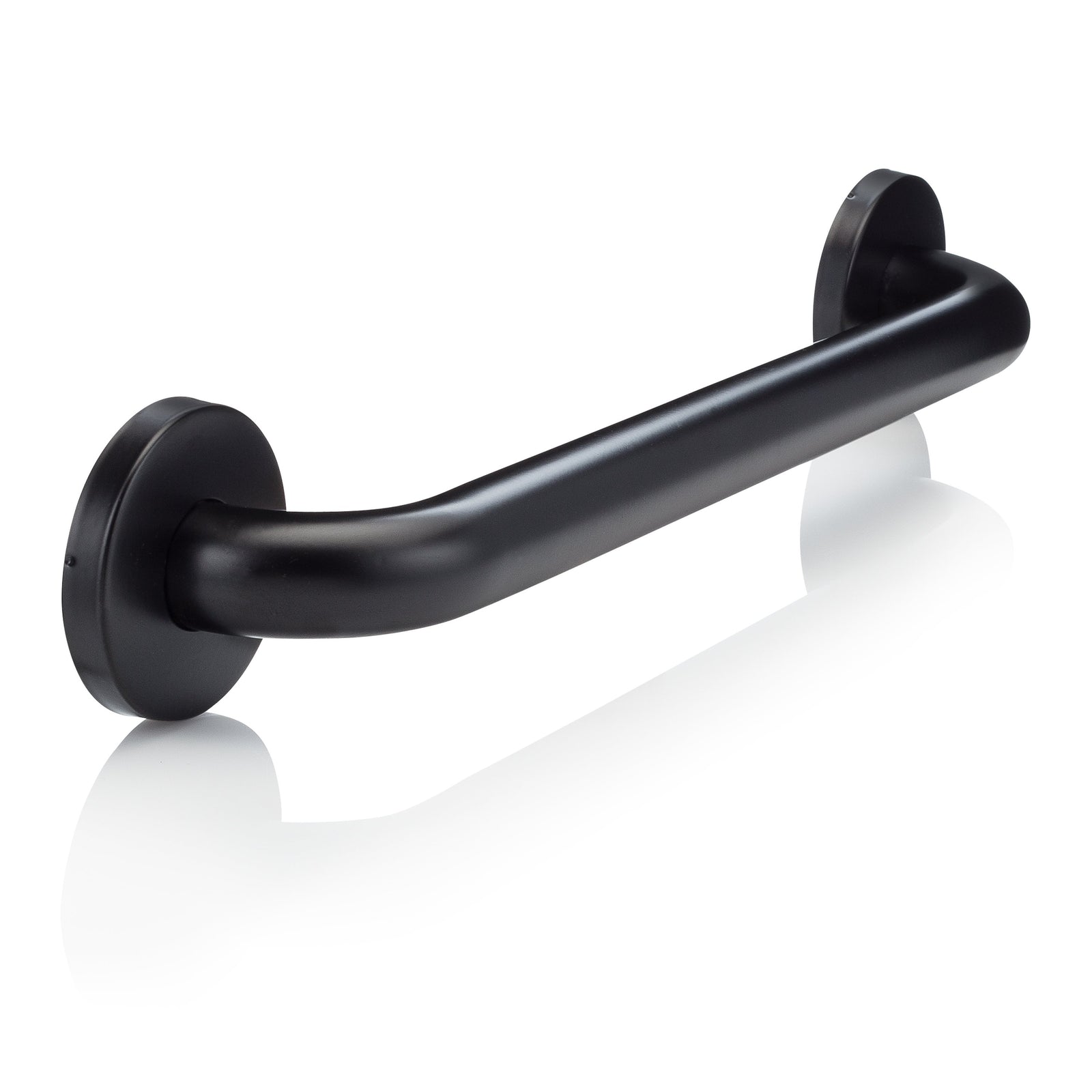
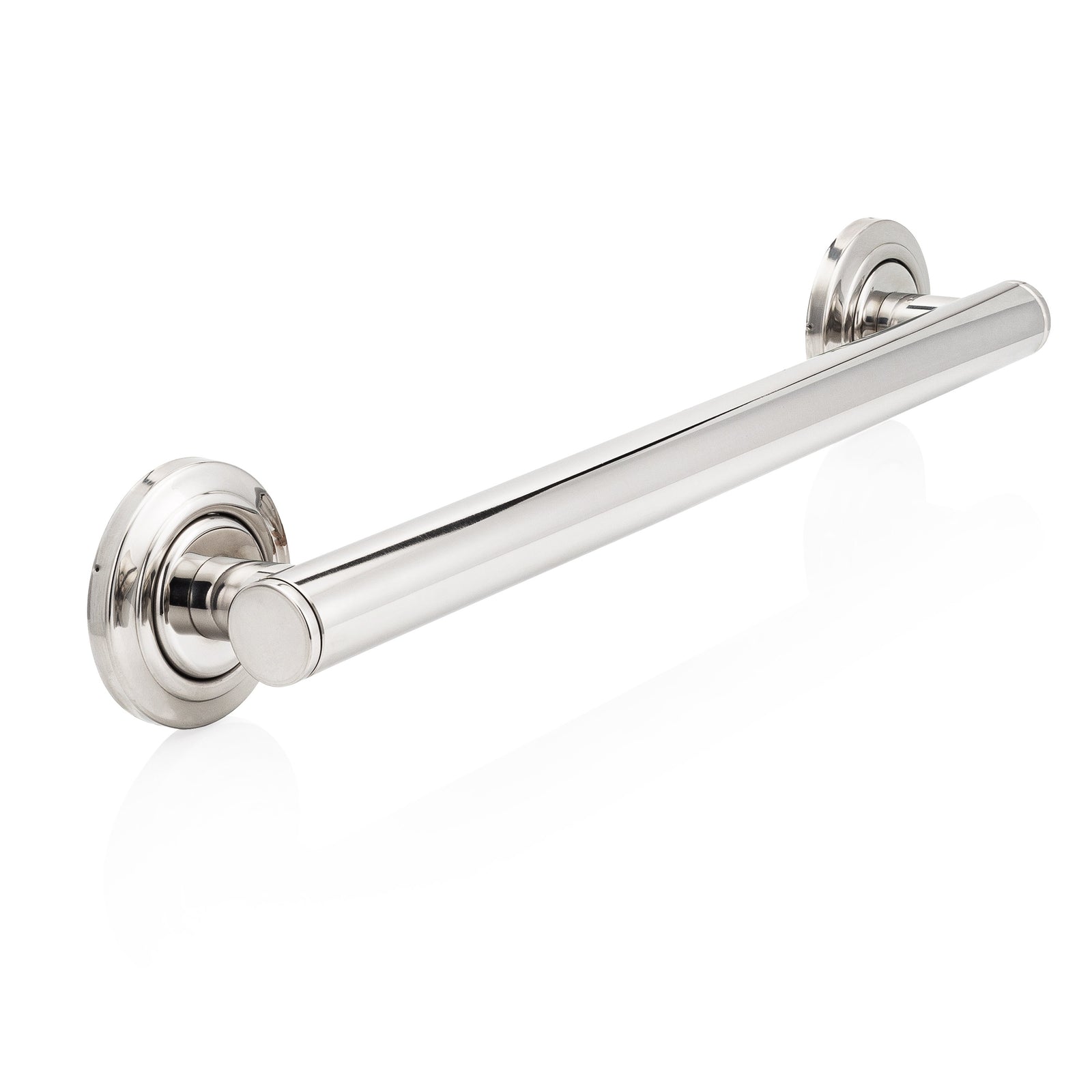


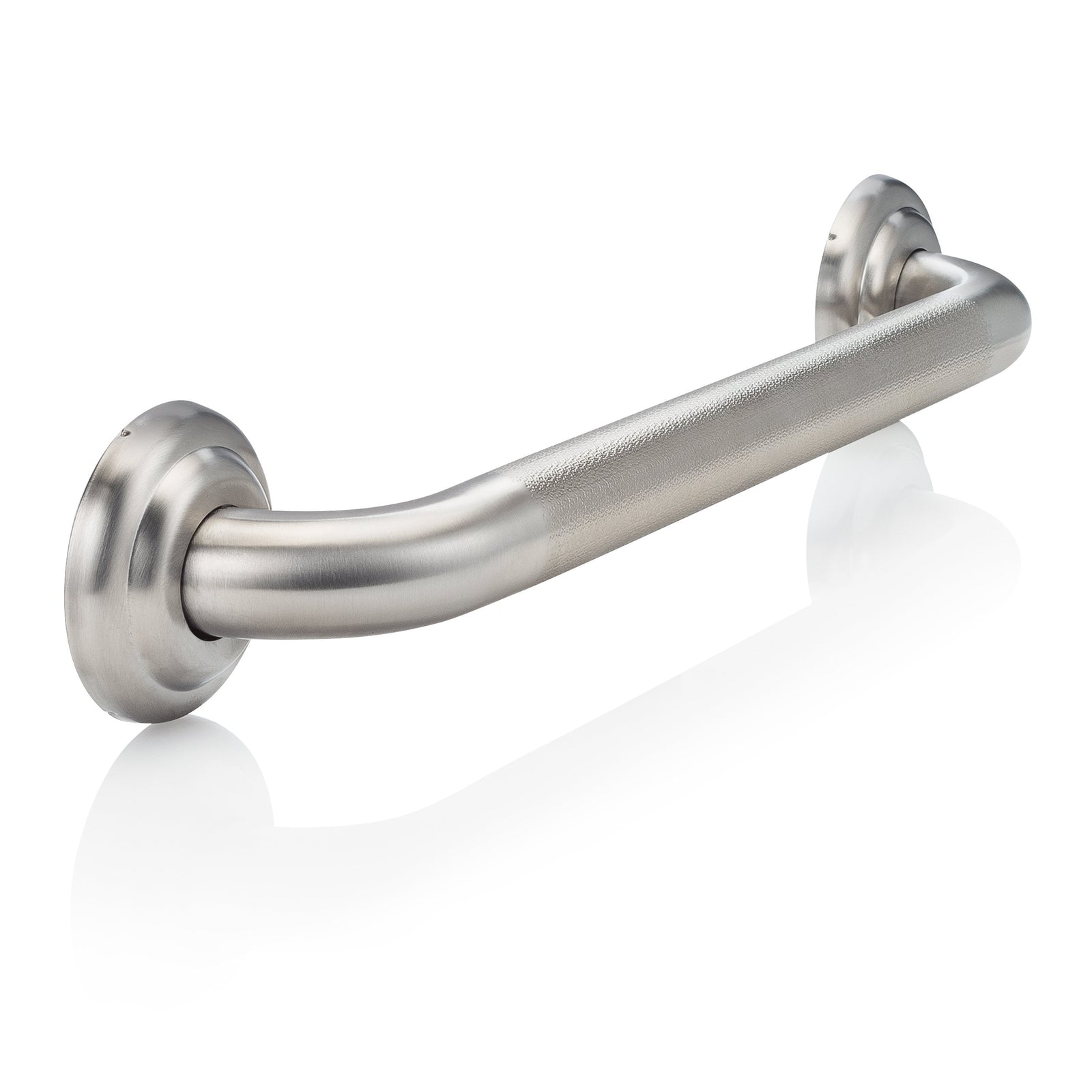
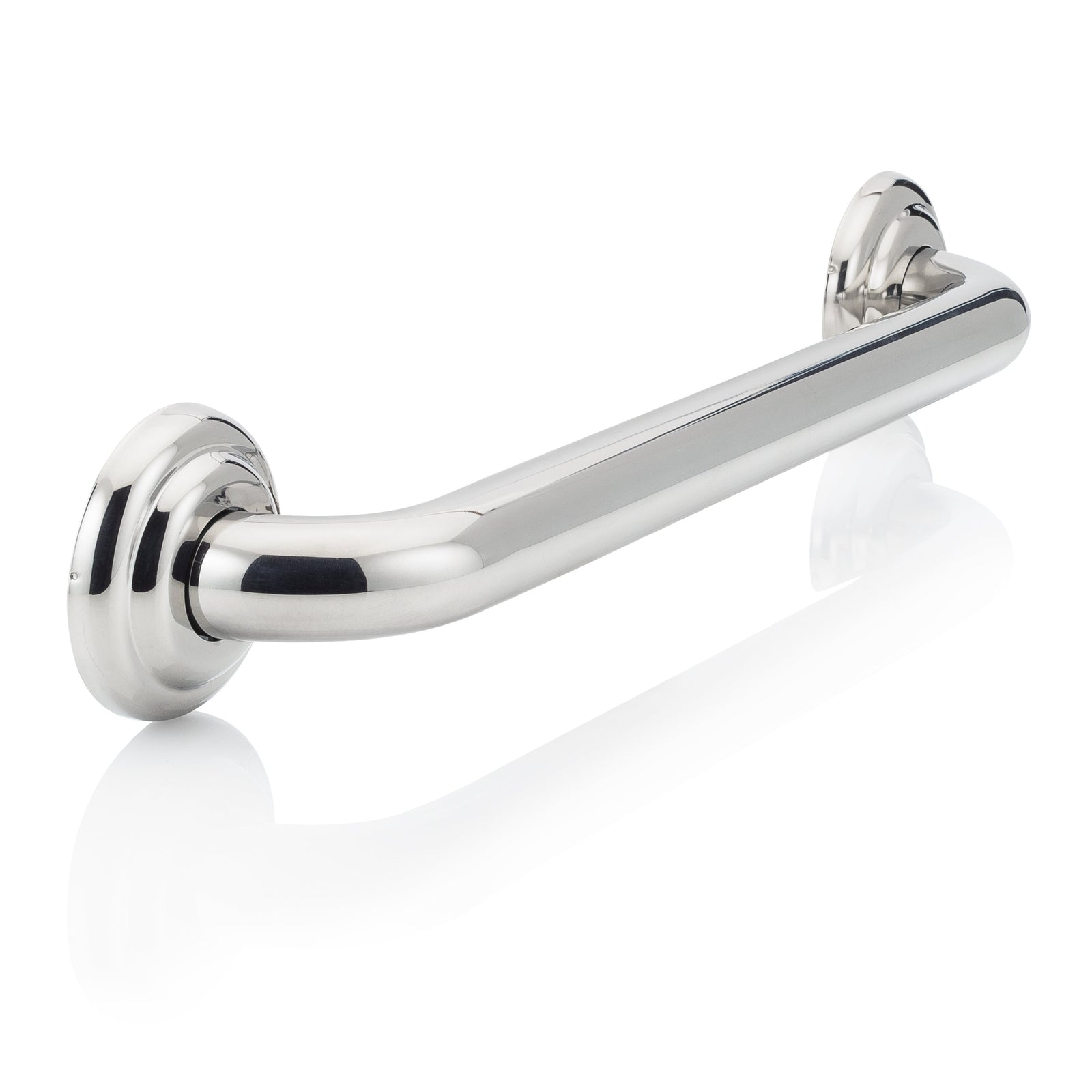
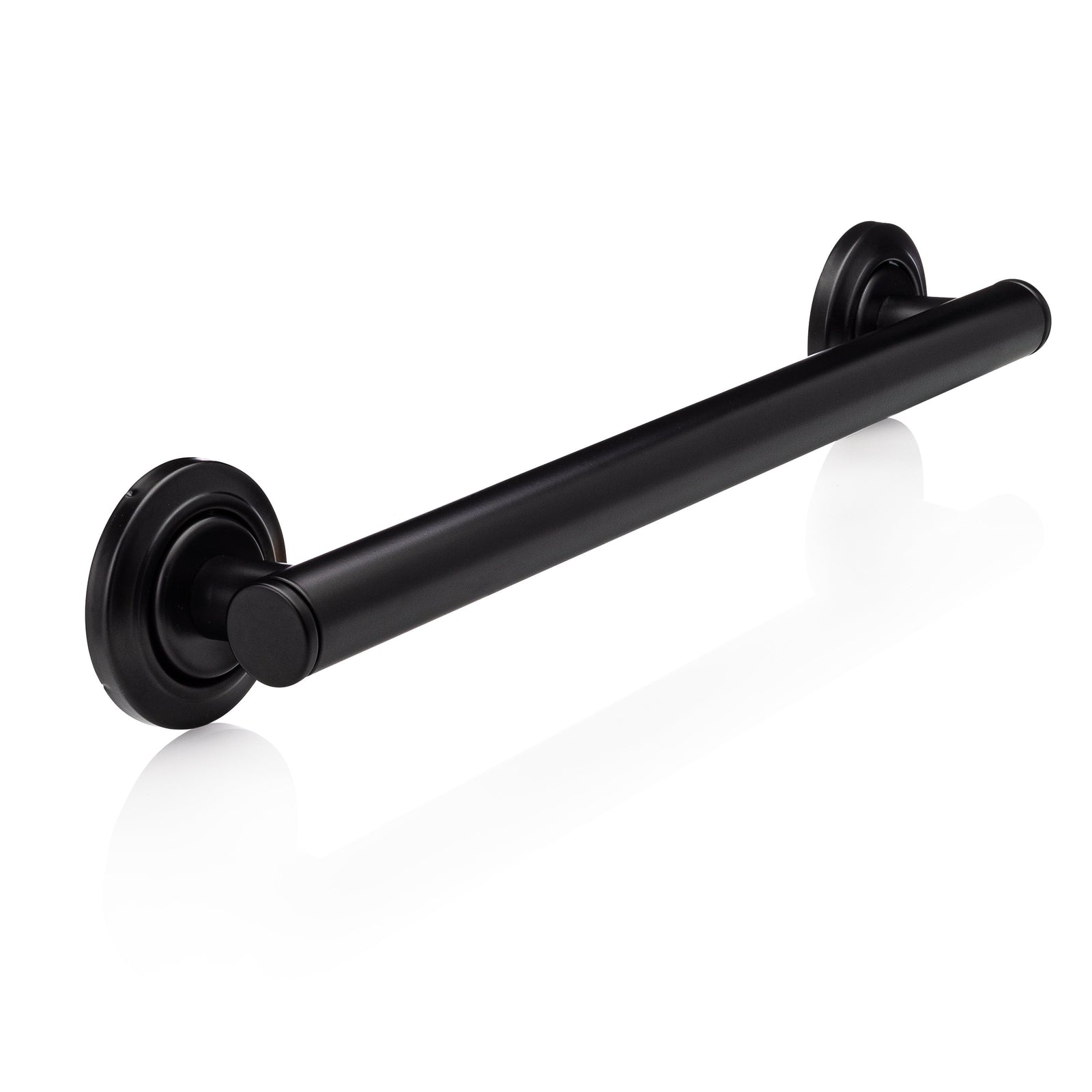
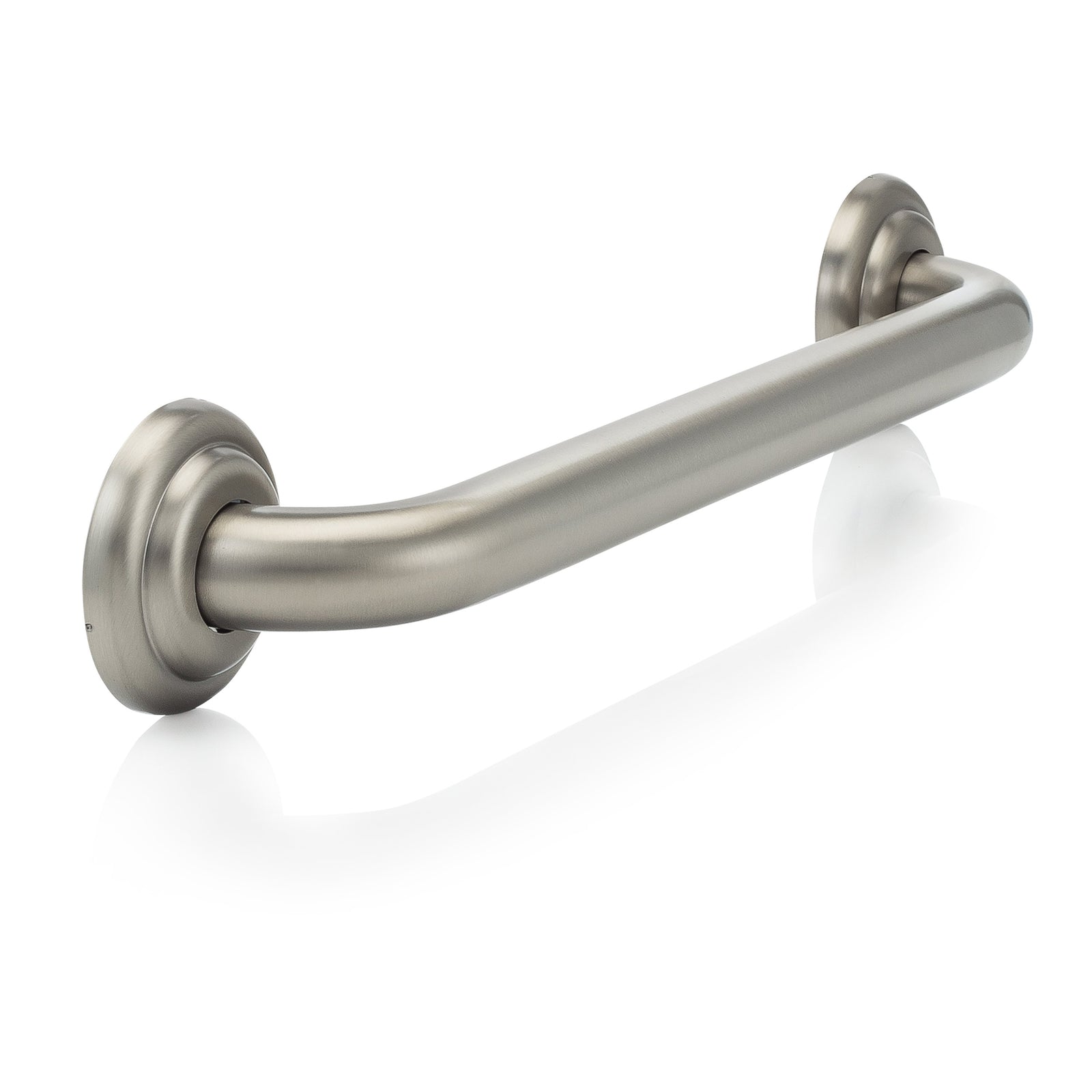
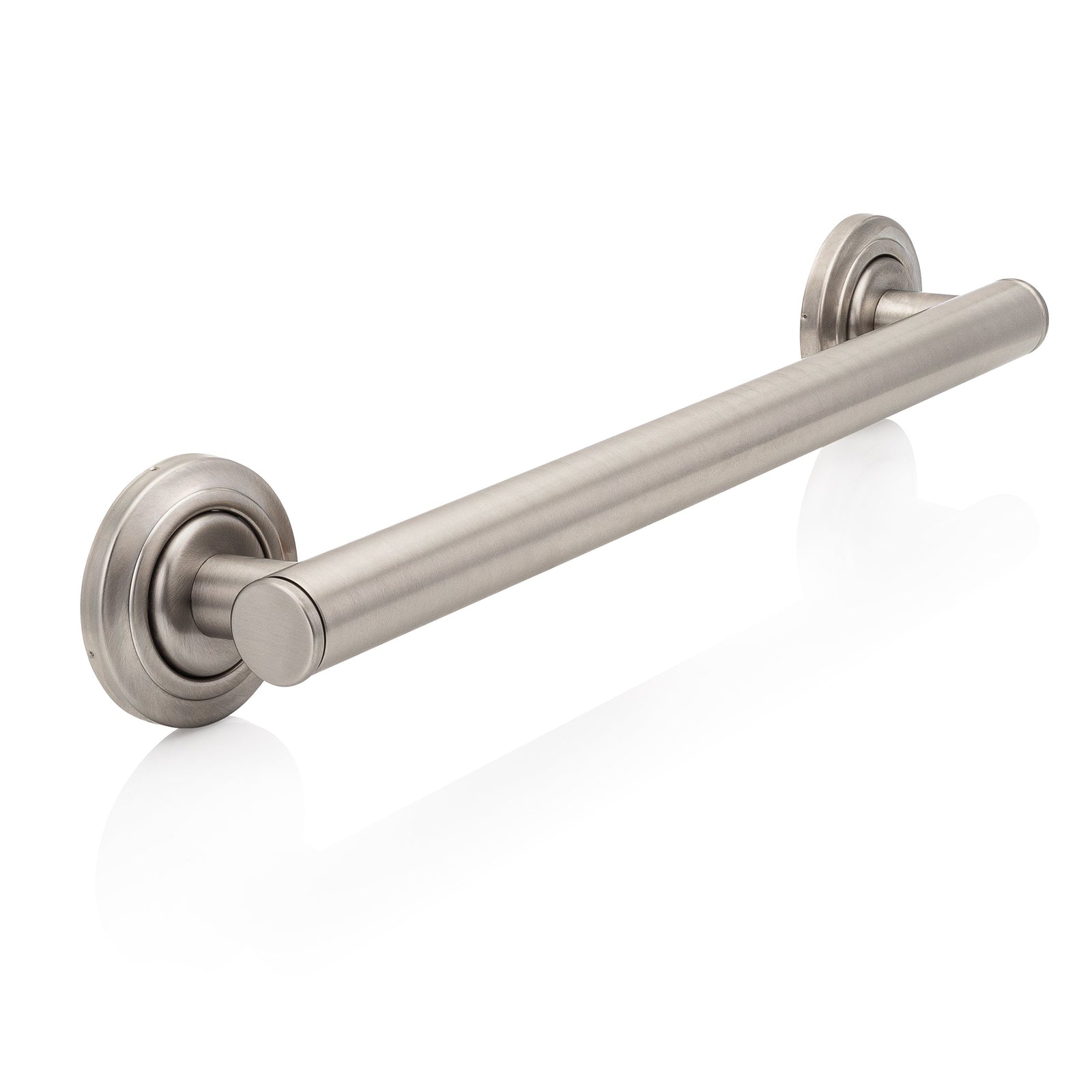
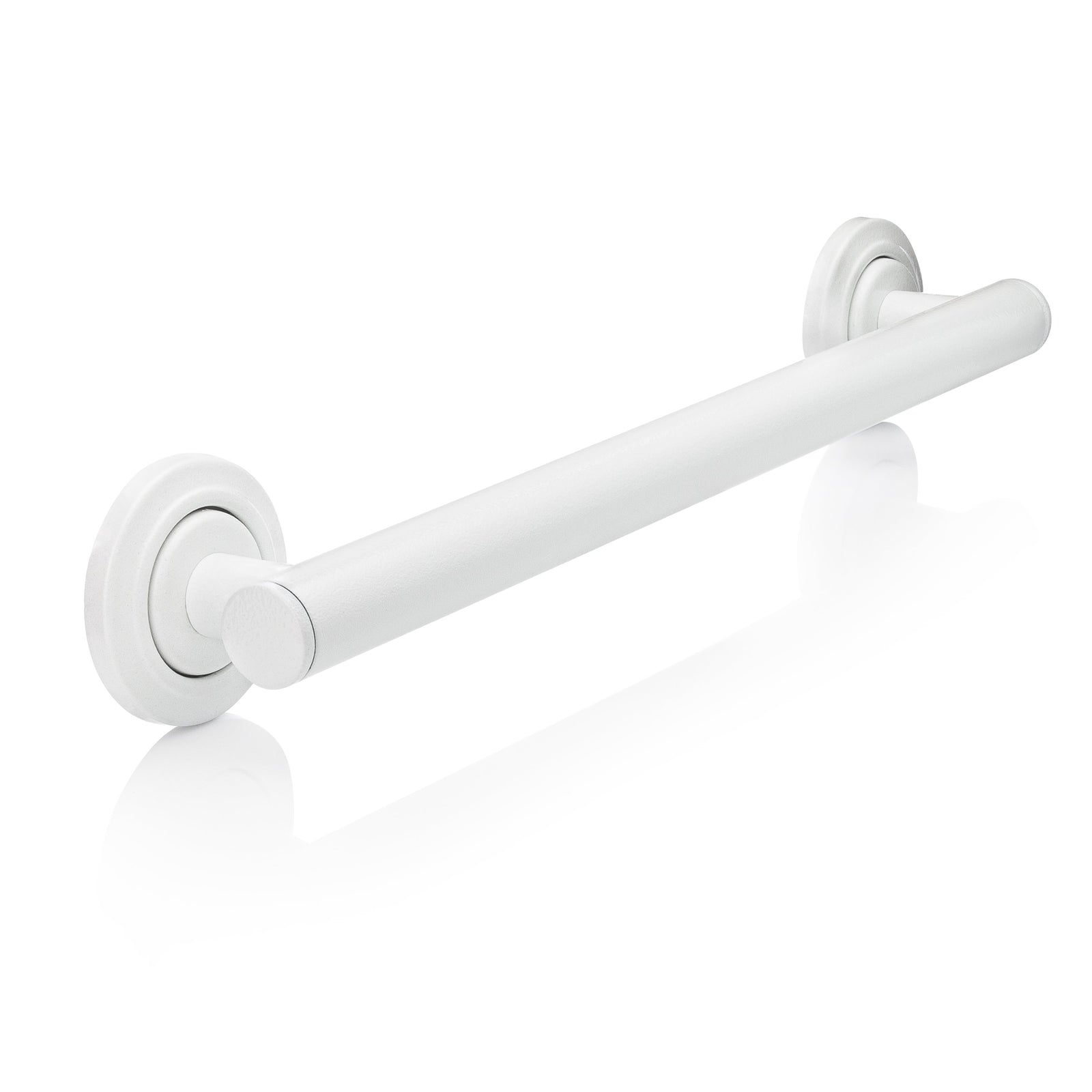
Leave a comment (all fields required)